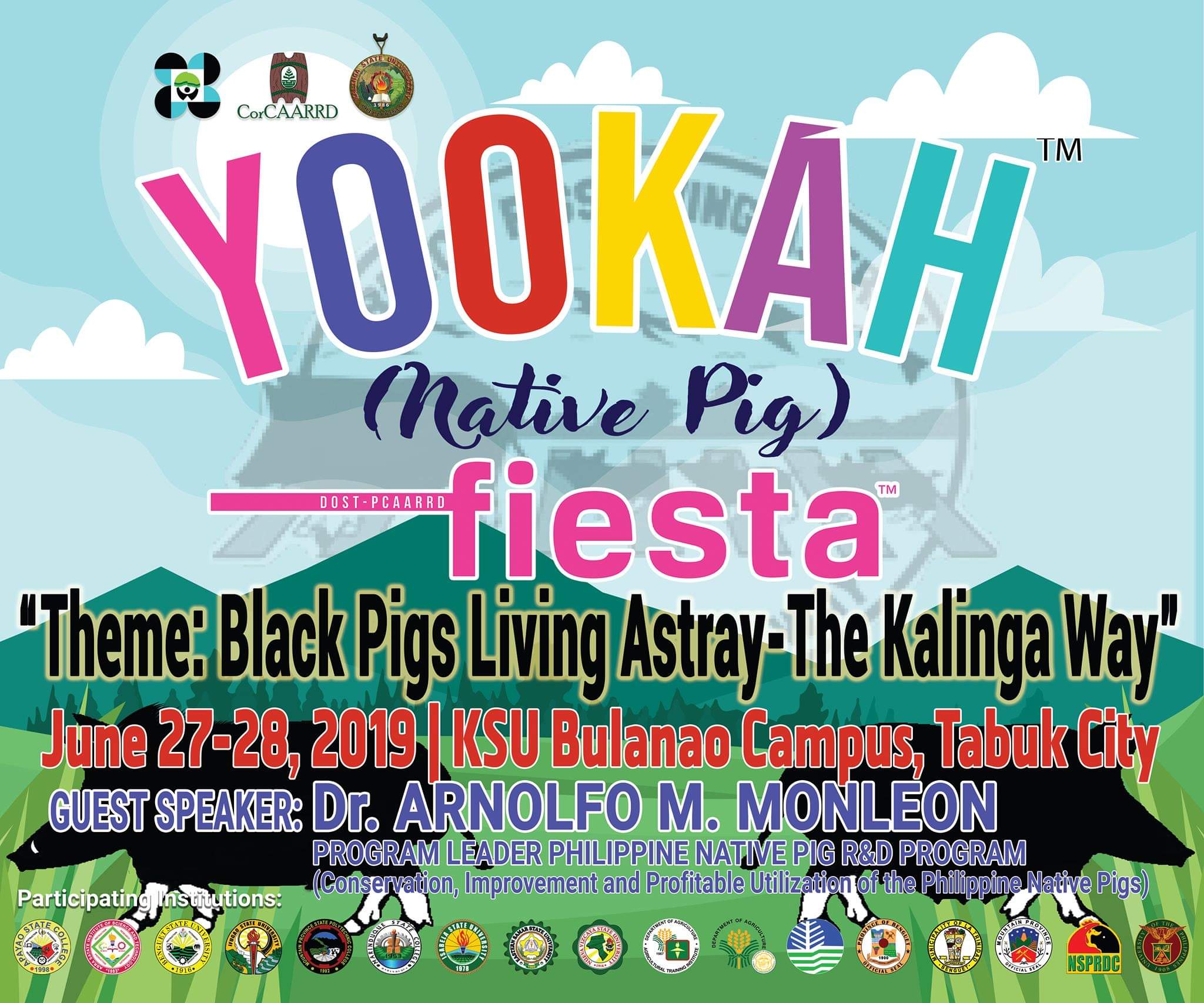-

-

Boar Shed originally designed by MSC
-

Photo courtesy of BAI-NSPRDC
-

-

Photo courtesy of BAI-NSPRDC
 News
News
by Thon Roma (18 February, 2019)






